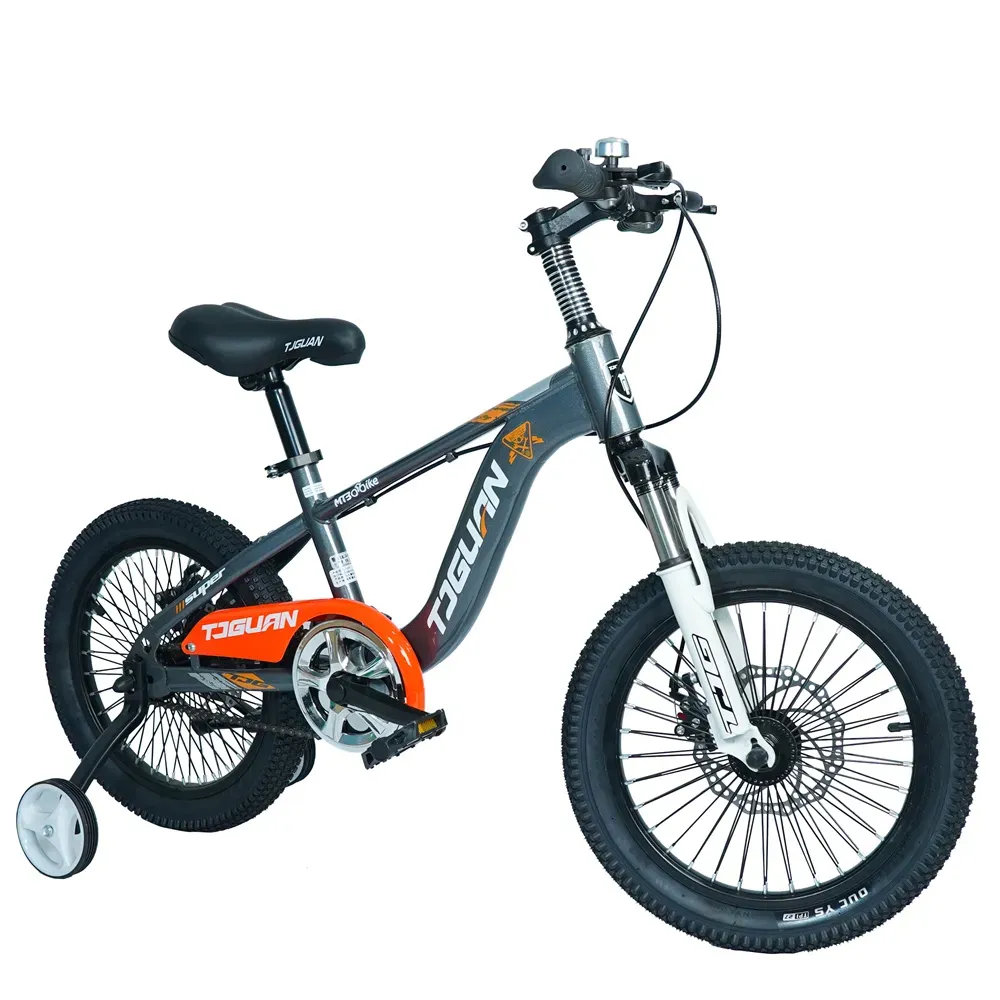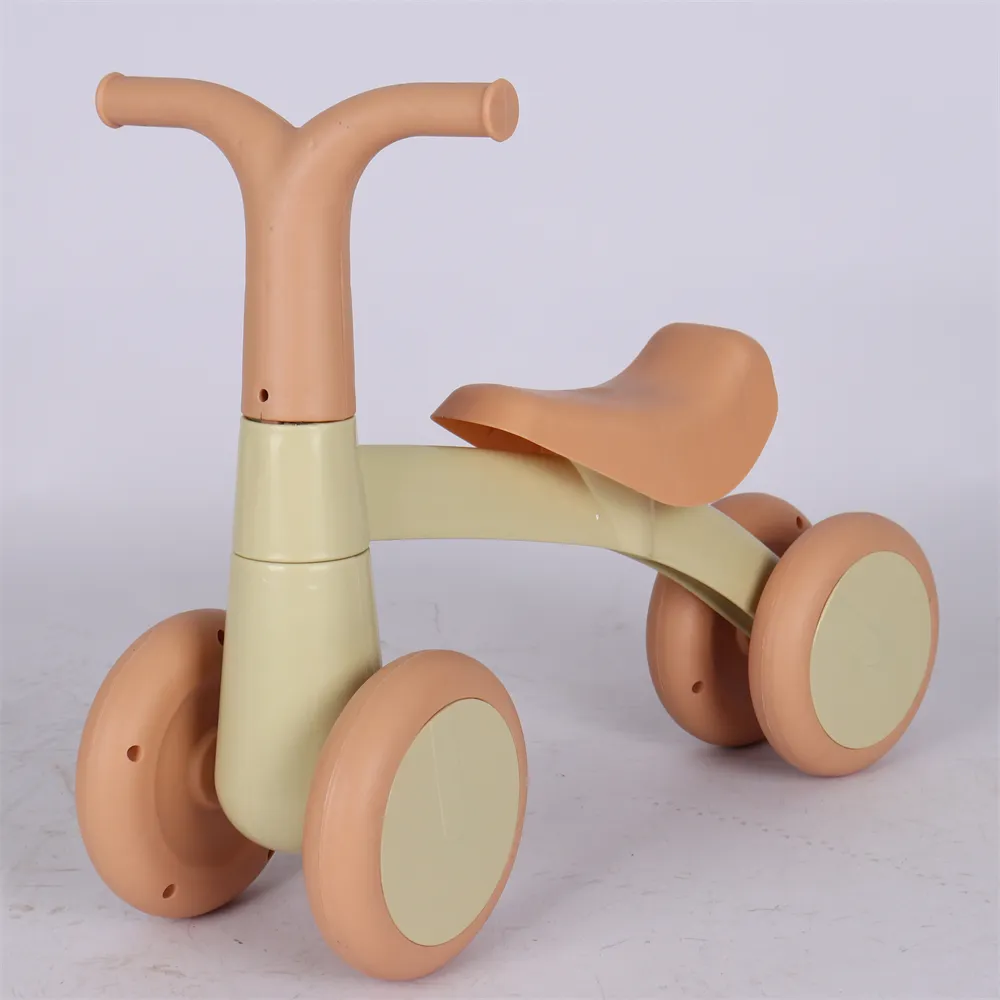Jan . 30, 2025 01:54
Back to list
mountain bike differences
Mountain biking is a popular sport and recreational activity that captivates adventure seekers and outdoor enthusiasts alike. Understanding the differences in mountain bike types can vastly enhance your riding experience and performance on trails. This guide will delve deep into the various aspects that make each mountain bike unique, helping you make an informed decision when purchasing or upgrading your bike.
4. Enduro Bikes For those who love challenging trails with steep descents and technical sections, enduro bikes are the best fit. These bikes are designed to handle rough terrain with longer suspension travel (about 150-180mm) and slacker geometry for enhanced stability on fast, downhill rides. While enduro bikes climb efficiently, their true prowess shines on challenging descents. 5. Downhill (DH) Bikes Built for speed and durability, DH bikes focus exclusively on descending steep, technical trails. They feature robust frames, extensive suspension travel (usually 180-200mm), and geometry optimized for stability at high speeds. These bikes are heavier and less efficient on climbs, typically favored by riders who prioritize downhill speed and control. 6. Fat Bikes These bikes use oversized tires (ranging from 3.8 inches and above) for enhanced traction and stability on loose surfaces like snow, sand, and mud. Their unique design allows for riding year-round in varied terrains. Fat bikes offer a plush, forgiving ride and are excellent for beginners venturing into off-road cycling. 7. Electric Mountain Bikes (e-MTBs) E-MTBs have gained popularity for those seeking to extend their ride length without being limited by physical endurance. They feature an integrated motor that provides pedal assistance, making them ideal for riders who want to cover more distance with less effort, especially while climbing. While heavier, they open up opportunities for riders of all skill levels to enjoy the sport. When selecting a mountain bike, consider not only the type of terrain you’ll be riding on but also your skill level, riding goals, and budget. Additionally, test riding multiple bikes can provide valuable insights into which model feels most comfortable and suits your riding style best. Each type of mountain bike serves a specific purpose and caters to different riding preferences, making it essential to choose one that aligns best with your personal mountain biking adventures. Understanding the nuances between different mountain bike types ensures that you pick the perfect companion for your excursions on rugged trails. With the right bike, you’ll not only enhance your performance but also maximize the enjoyment of the beautiful landscapes that mountain biking allows you to explore.


4. Enduro Bikes For those who love challenging trails with steep descents and technical sections, enduro bikes are the best fit. These bikes are designed to handle rough terrain with longer suspension travel (about 150-180mm) and slacker geometry for enhanced stability on fast, downhill rides. While enduro bikes climb efficiently, their true prowess shines on challenging descents. 5. Downhill (DH) Bikes Built for speed and durability, DH bikes focus exclusively on descending steep, technical trails. They feature robust frames, extensive suspension travel (usually 180-200mm), and geometry optimized for stability at high speeds. These bikes are heavier and less efficient on climbs, typically favored by riders who prioritize downhill speed and control. 6. Fat Bikes These bikes use oversized tires (ranging from 3.8 inches and above) for enhanced traction and stability on loose surfaces like snow, sand, and mud. Their unique design allows for riding year-round in varied terrains. Fat bikes offer a plush, forgiving ride and are excellent for beginners venturing into off-road cycling. 7. Electric Mountain Bikes (e-MTBs) E-MTBs have gained popularity for those seeking to extend their ride length without being limited by physical endurance. They feature an integrated motor that provides pedal assistance, making them ideal for riders who want to cover more distance with less effort, especially while climbing. While heavier, they open up opportunities for riders of all skill levels to enjoy the sport. When selecting a mountain bike, consider not only the type of terrain you’ll be riding on but also your skill level, riding goals, and budget. Additionally, test riding multiple bikes can provide valuable insights into which model feels most comfortable and suits your riding style best. Each type of mountain bike serves a specific purpose and caters to different riding preferences, making it essential to choose one that aligns best with your personal mountain biking adventures. Understanding the nuances between different mountain bike types ensures that you pick the perfect companion for your excursions on rugged trails. With the right bike, you’ll not only enhance your performance but also maximize the enjoyment of the beautiful landscapes that mountain biking allows you to explore.
Prev:
Latest news
-
Baby Balance Bike OEM Service – Kids No-Pedal, LightweightNewsNov.10,2025
-
OEM Kids Bike Children Bicycle – Cheap Wholesale BicyclesNewsNov.10,2025
-
Kids Bike New Model 12–18 inch Boys & Girls Bike, AdjustableNewsNov.10,2025
-
China Cheap Price Safe Kids Bike for 10yo w/ Training WheelsNewsNov.10,2025
-
China CE-Certified Kids Balance Bike, Guaranteed QualityNewsNov.10,2025
-
Colorful Outdoor Flashing Carton Children Scooter for KidsNewsNov.10,2025
-
Best Price Kids Balance Bike – Superior Quality, No PedalsNewsNov.10,2025








